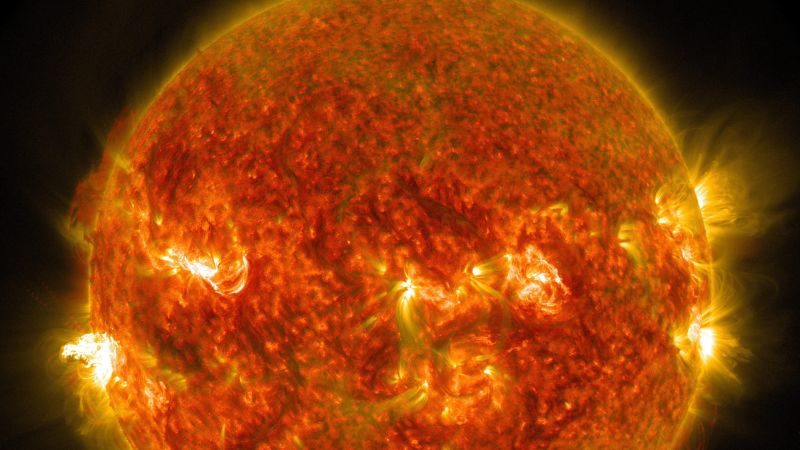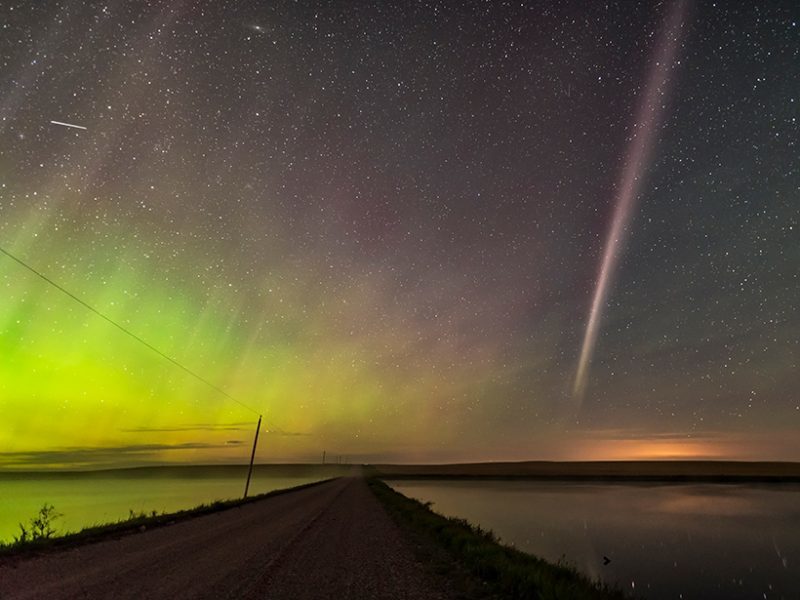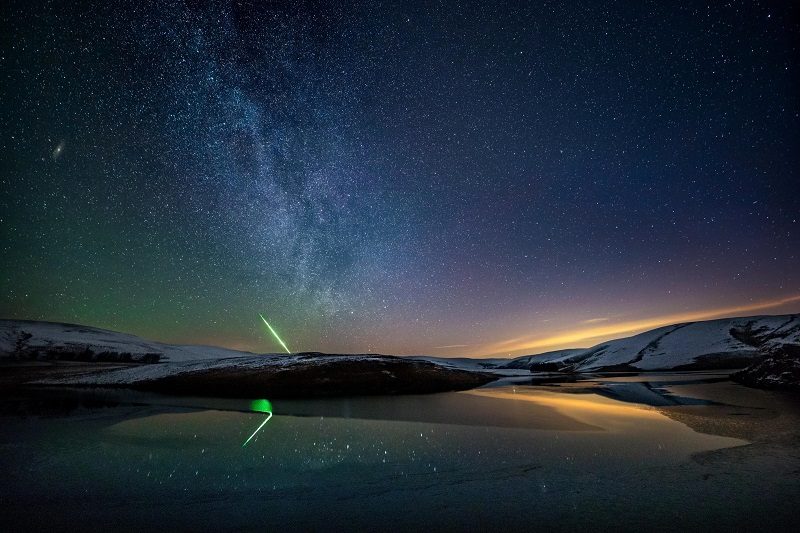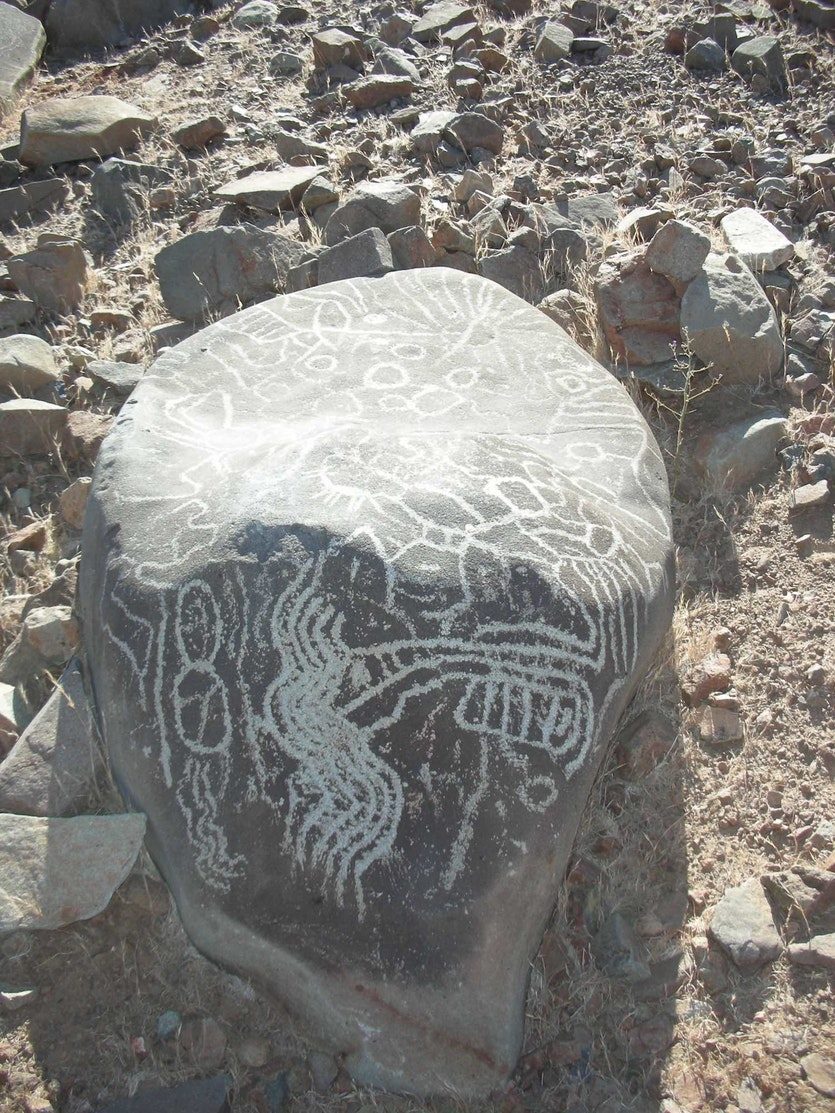
© Solar Dynamics Observatory/ESA/NASAFlares erupting on the Sun in 2014.
An extreme form of solar storm, known as a solar proton event (SPE), struck our planet 2,679 years ago, according to new
research published today in
Proceedings of the National Academy of Sciences. If an event of such magnitude were to happen today, it would likely wreak havoc on our technological infrastructure, including communications and navigation. Lund University geologist Raimund Muscheler and his colleagues presented evidence in the form of elevated levels of beryllium-10 and chlorine-36 isotopes embedded within ancient Greenland ice cores.
It's now the third massive SPE known to scientists, the others occurring 1,245 and 1,025 years ago. This latest discovery means solar storms of this variety are likely happening more frequently than we thought-perhaps once every 1,000 years-but more data is required to create more reliable estimates.
SPEs happen in the wake of a massive solar flare or coronal mass ejection on the Sun. These stellar events send streams of particles, including high-energy protons, toward Earth, where they interact with the Earth's atmosphere, triggering reactions that increase the rate of radionuclide production, including carbon-14, beryllium-10, and chlorine-36 (radionuclides are unstable atoms with excess nuclear energy). Traditionally, SPEs have been detected as spikes of carbon-14 in tree rings, but they can also be spotted as spikes of beryllium-10 and chlorine-36 in ancient ice cores. The authors of the new study said scientists tend to overemphasize carbon-14 at the expense of searching for other markers, and that "efforts to find [SPEs] based solely on [carbon-14] data likely lead to an underestimated number of such potentially devastating events for our society."





Comment: SOTT has been documenting unusually low latitude auroras as well the increase of previously rare colours - along with a multitude of other rarely or never seen before phenomena. Below is a selection of aurora sightings in the UK, and it's notable that they're still reported as
"rare", which is true, in a way, but clearly with our rapidly changing environment what was once considered rare is now occurring with increasing regularity:
- 'Aurora-like airglow' in the sky as meteor passes over central Wales, UK (2019)
- Mysterious optical phenomenon sighted over Scotland (2018)
- Caught on camera rarely seen colourful displays of the Northern Lights across the UK (2017)
- Aurora borealis makes spectacular rare appearance in UK and Ireland (2016)
- Aurora borealis "dazzles" in Britain's skies: Ignorant Media Ignore Implications (2016
- Electric Universe: 'Northern lights' visible much further south in UK than usual (2015)
- Northern Lights making 'rare' appearance in the skies above Cornwall, UK (2015)
- Aurora Borealis 'Northern Lights' filmed Christmas Eve from north of England (2014)
- Northern Lights illuminate the UK (2014)
- Perfect magnetic storm brings spectacular Northern Lights show to UK, coupled with record low temperatures (2012)
- Storm to bring Northern Lights to Britain (2011)
Also check out SOTT radio's: Behind the Headlines: Earth changes in an electric universe: Is climate change really man-made?